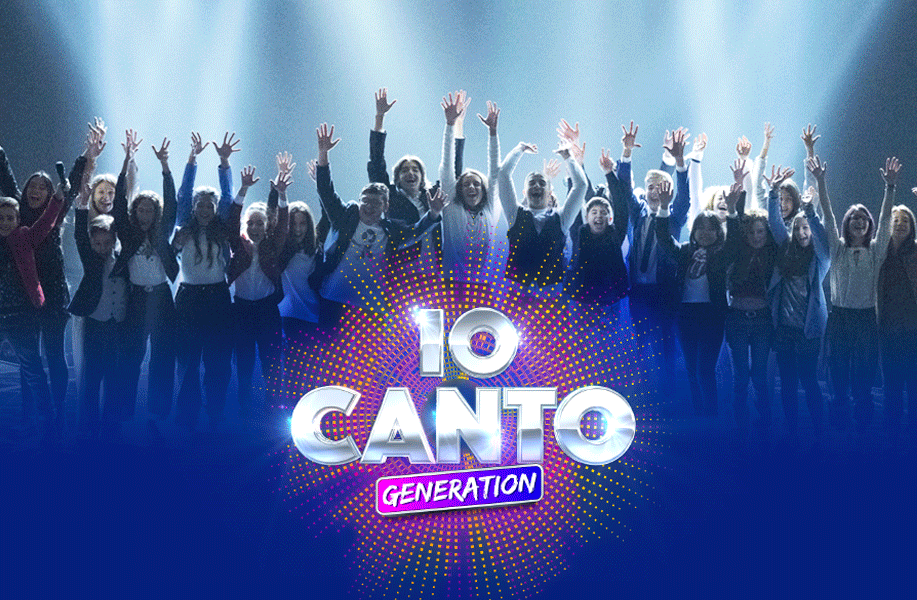Europe has over 1,500 OTT platforms that provide audiovisual services in 53 countries and territories, with more than half a million unique titles. Despite not having the largest number of platforms (compared to the Americas), Europe has the largest library of movies and series. This makes it an excellent opportunity for the audiovisual industry, especially for local OTTs and producers.
Analyzing recent news from the industry, Spain, the UK, and France are the top three countries producing the most local titles in Europe. Spain, in particular, has announced the production of 23 local titles so far this year, which is a significant increase compared to the number of announced productions in previous years. The UK and France have only announced 21 and 7 respectively. This is great news for the Spanish industry, as they have historically lagged behind other European countries, such as the UK, France, and Germany, in terms of local productions.
It’s no surprise that series account for 70% of the content produced in Spain, despite major platforms typically having a greater focus on movies. This trend reflects the growing popularity of series among users, which is also evident in other European markets where an even higher percentage of series are being produced. In terms of genres, Drama (41%), Comedy (18%), and Gameshow (12%) are the most commonly produced genres in Spain, catering to viewers’ preferences when watching Spanish-produced content. Regarding other European markets, we can observe that the genres of content being produced are tailored to meet the demands of users once again.
Out of the 23 productions in Spain, one-third are original productions, with half of them set to be distributed on linear TV. La 1 and Antena are the main buyers for these Spanish original productions, with Amazon Prime Video and Disney+ also receiving at least one original production each.
Out of the seven movies in production, only one is a coproduction between Spain and Peru. It is interesting to note that the initial release for all movies will occur in cinemas. Most Spanish movies are made for local consumption, with 70% being produced specifically for Spanish territories. However, the remaining 30% aims to be distributed globally. It will be important to follow them afterwards to see if they make it into OTT platforms and how distribution and exclusivity rights evolve.
Series production is led by RTVE, producing almost one-third of the currently being produced titles. They are also involved in the distribution of these titles, which will mainly be shown on La 1 and TVE. The second-largest production company is Atresmedia Television, which is also distributing the titles to its own OTT, Atresplayer Premium, and Antena 3. The productions are mostly centered on Spanish territory, with only a few involving companies from other countries, such as France and the UK.
Spanish productions have achieved global success, with titles like ‘La Casa de Papel’ (‘Money Heist’) produced by Atresmedia, becoming a massive hit on Netflix worldwide. The series has been dubbed or subtitled in over 30 languages and distributed in more than 190 countries, winning numerous awards, including an Emmy. This not only enhances the reputation of Spanish productions but also provides opportunities for other European productions to gain recognition on a global scale. Another example of this success is the film ‘Pain and Glory’, directed by Pedro Almodovar and starring Antonio Banderas and Penelope Cruz. The film won 71 awards and was nominated in 184 categories, including two Oscars nominations. It has been released in 86 countries and on around 400 OTT services, further demonstrating the growing popularity of Spanish productions.
The expansion of the OTT market in Europe has also created new opportunities for independent productions to find a wider audience. Platforms like Filmin, Rakuten TV and Mubi are providing a platform for small and independent productions that would have previously struggled to find distribution. This is particularly important for non-mainstream content, such as arthouse films, documentaries and short films. Furthermore, the ability to access these titles on-demand means that viewers can access content from a wider range of cultures and languages, fostering a greater understanding and appreciation of diverse perspectives. The OTT market is not only shaping the future of the entertainment industry but also impacting the variety of contents we consume and how we engage with media.
The global reach of Spanish productions is impressive, with the US boasting the largest Spanish library outside of Spain, followed by the UK, Mexico, and Argentina. It’s worth noting that the top two countries are not Spanish-speaking nations, highlighting the universal appeal of these titles that can bridge language barriers. The immense popularity of Spanish content is further evident in the wide distribution of titles like ‘Salto al vacío’, available on 412 OTT platforms, ‘La Comunidad’ on 389 platforms, and ‘The invisible hand’ on 384 platforms.
To summarize, the Spanish audiovisual industry is experiencing a significant boost in recent times, with Spain among the top three countries in Europe producing news-worthy titles. The majority of these titles are series, and the genres produced cater to the audience’s preferences, making them very attractive for OTTs. The local industry’s focus is primarily on producing content for Spanish territories, with a significant portion aimed at global distribution. Spanish content has gained recognition and popularity worldwide, with numerous titles being distributed globally and receiving accolades. The appeal of these titles is evident in the extensive distribution they receive across various OTT platforms, indicating that the Spanish audiovisual industry’s growth trajectory is likely to continue in the future.
WRITTEN BY: Ailén Matthiess (Chief Operating Officer)









